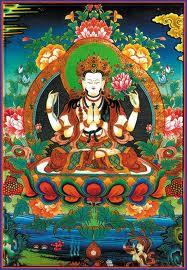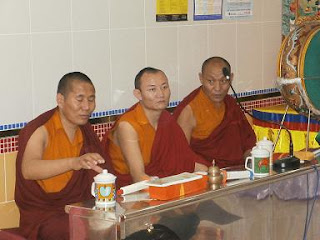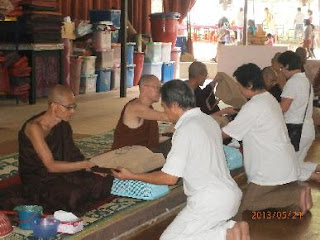The Five Aggregates

Death is the dissolution of khandhas. The khandhas are the five aggregates of perception, sensation, mental formations, consciousness and corporeality or matter. The first four are mental aggregates or nama, forming the unit of consciousness. The fifth, rupa is the material or physical aggregate. This psycho-physical combination is conventionally named an individual, person or ego. Therefore, whatever entities exist are not individual as such, but the two primary constituents of mind and matter, which are rare phenomena. We do not see the five aggregates as phenomenas but as anentity because of our deluded minds and our innate desire to treat these as a self in order to pander to our self-importance. We will be able to see things as they truly are if we only have patience and the will to do so. If we turn inwards to the recesses of our own minds ad note with just that bare attention, note objectively without projecting an ego in the process and then cultivate this practice for a...











